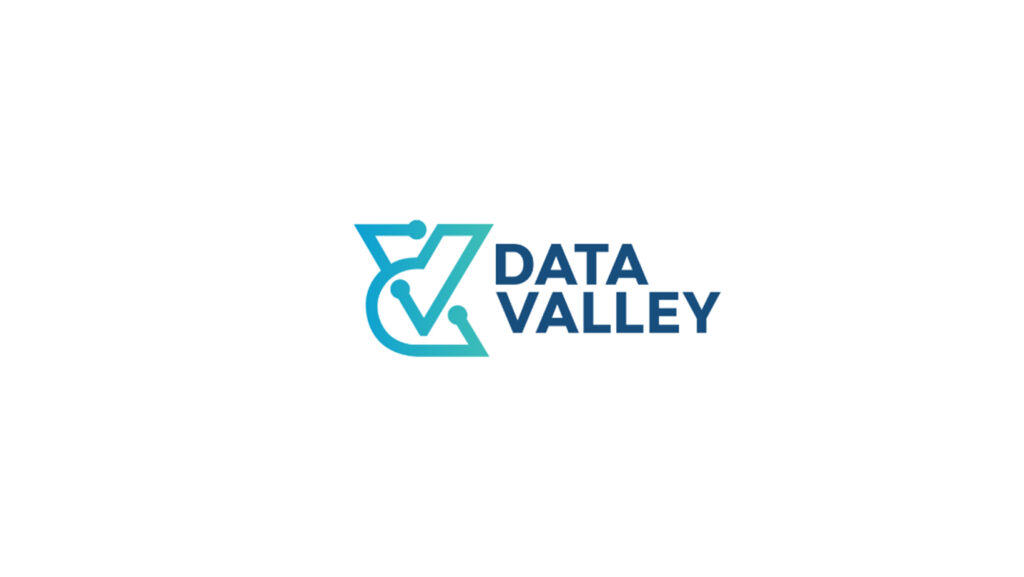This course is the second of two offerings designed to introduce learners to the current market trends in analytics. Building upon the concepts introduced in Part 1, this course introduces learners to an overview of data lakes, data warehouses, and modern data architectures on AWS. You will learn about which AWS services can be used to build a data warehouse, data lakes, and modern data architectures on AWS. You will also see common modern data architecture use cases and a reference architecture. Course level: Fundamental Duration: 1 hour 30 minutes Activities This course includes: lessons, videos, scenarios, and knowledge check questions. Course objectives In this course, you will learn to: Explain data lakes, benefits, and functions. Describe the basic data lake architecture, the AWS services used to build a data lake, and challenges with building a data lake. Explain AWS Lake Formation architecture, features and benefits. Explain data warehousing, challenges with an on-premises data warehouse, and available AWS solutions. Explain modern data architecture pillars and modern data architecture concepts. Explain data movement scenarios. Describe the data mesh architecture pattern, benefits, and available AWS solutions. Identify the available AWS services for building modern data architectures. Identify the components of modern data architecture. Describe common use cases for modern data architecture. Intended audience This course is intended for: Cloud architects Data engineers Data analysts Data scientists Developers Prerequisites We recommend that attendees of this course have: Reviewed AWS Cloud Practitioner Essentials or equivalent Completed Fundamentals of Analytics on AWS – Part 1 Course outline Section 1: Introduction Lesson 1: How to Use This Course Lesson 2: Course Overview Section 2: Architectures Lesson 3: Introduction to Data Lakes Lesson 4: Introduction to Data Warehousing Lesson 5: Introduction to Modern Data Architecture Lesson 6: AWS Services for Modern Data Architecture Section 3: Common Use Cases and Reference Architectures Lesson 7: Common Use Cases Lesson 8: Reference Architectures Section 4: Conclusion Lesson 9: Quiz Lesson 10: Course Summary Lesson 11: Appendix of Resources Lesson 12: Feedback
